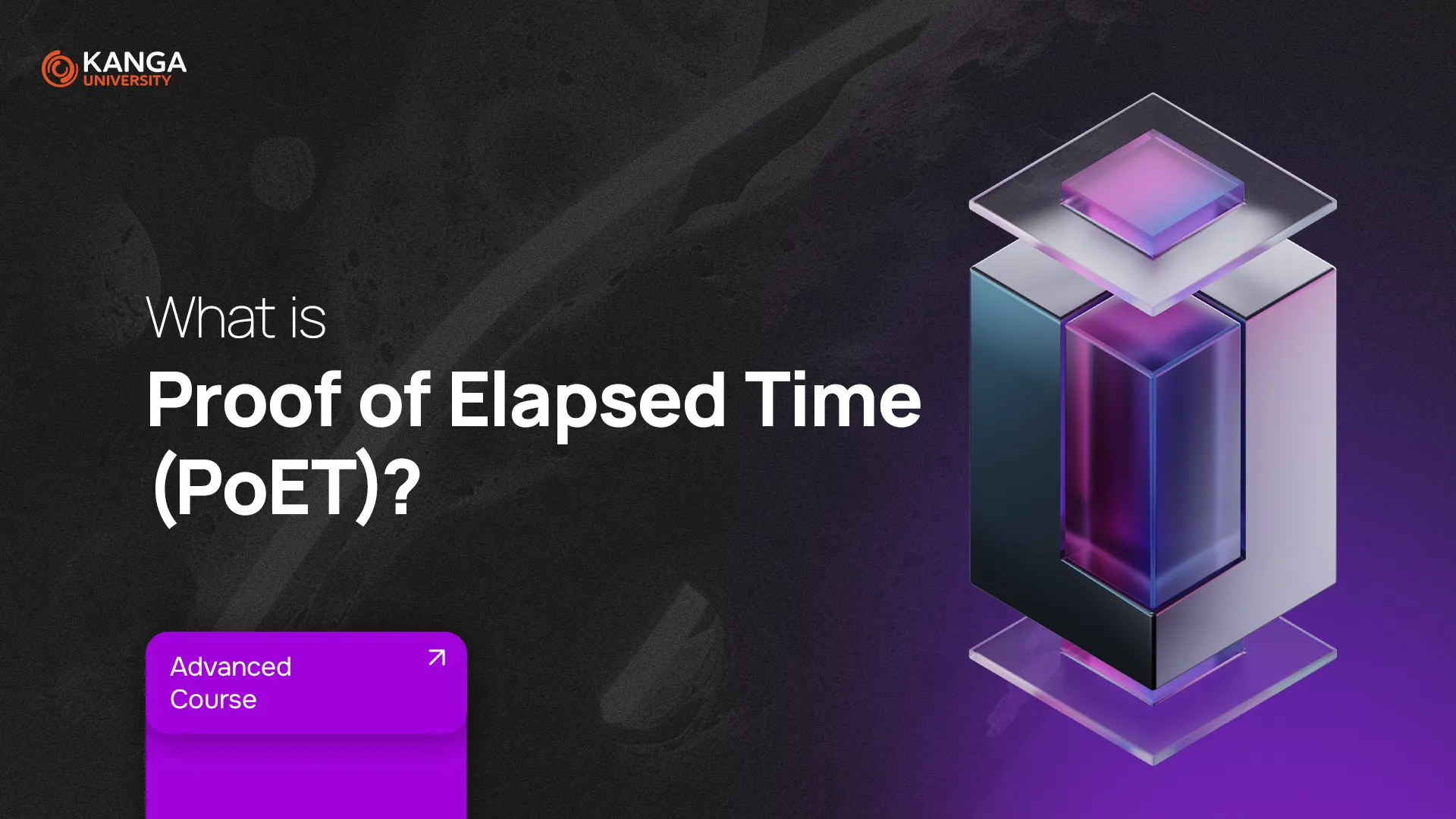
When you think of blockchain, you might imagine massive computers, endless calculations, and electricity bills through the roof. And in many cases, you’d be right — especially with systems like Bitcoin, which use a method called Proof of Work (PoW) that’s known for consuming huge amounts of energy.
But what if there was a way to run a blockchain that was just as secure… but used far less energy?
That’s where Proof of Elapsed Time (PoET) comes in.
Let’s break it down.
What is PoET, really?
At its core, PoET is just another way to agree on who gets to add the next block to the blockchain — also known as a consensus mechanism. But unlike other methods, PoET doesn’t rely on solving complex puzzles. Instead, it picks winners based on one simple rule:
Whoever waits the right amount of time — wins.
Each participant in the network (called a node) gets assigned a random wait time. The first one to finish waiting gets to add the next block of transactions. No endless calculations. No power-hungry machines. Just a fair and energy-efficient race against the clock.
Sounds too simple to be real? That’s the genius of it.
Who came up with this?
PoET was developed in 2016 by Intel Corporation, the tech giant known for making processors. Their idea was to create a secure, fair, and low-energy method for reaching consensus in blockchain networks.
To make it work, Intel used a concept called a Trusted Execution Environment (TEE) — a special, secure part of a computer that can run code without being tampered with. That’s where the “random wait time” is calculated and verified. Since it runs in a trusted space, no one can cheat the system or fake a faster wait time.
How does it work in practice?
Here’s a quick look at how PoET plays out inside a blockchain:
-
Every node gets a random wait time, generated securely inside its hardware.
-
While they wait, they don’t need to do anything — the system can even “pause” them to save power.
-
The first node to complete its wait time announces the win.
-
The others can verify that the winner played fair, using trusted code.
This process repeats again and again, allowing the blockchain to grow — one block at a time.
PoET vs Proof of Work (PoW)
| PoET | PoW (e.g. Bitcoin) |
|---|---|
| Energy-efficient: nodes wait quietly. | Energy-intensive: nodes race to solve puzzles. |
| Equal opportunity: random wait for all. | Favors powerful miners with expensive gear. |
| Hard to cheat: runs in secure hardware. | Vulnerable to “51% attacks” by big players. |
| Transparent and easy to verify. | Complex, often opaque to everyday users. |
| Lower operational costs. | High infrastructure and electricity costs. |
Where is PoET used today?
PoET was mainly adopted by a platform called Hyperledger Sawtooth, an open-source project sponsored by Intel, IBM, and the Linux Foundation. Sawtooth was designed for business applications like supply chain management, logistics, and inventory systems — where energy efficiency and fairness matter more than brute-force mining.
However, since early 2022, no major cryptocurrency has launched using PoET. While it remains a technically elegant solution, today it’s mostly used in private or enterprise blockchain environments, not in public crypto networks like Ethereum or Bitcoin.
Still, the ideas behind PoET — fairness, transparency, and energy efficiency — continue to inspire new blockchain designs.
Summary
-
Proof of Elapsed Time (PoET) is a consensus method that picks block creators through a secure and random waiting game.
-
Developed by Intel in 2016, it aims to make blockchain faster, fairer, and less wasteful.
-
PoET is mainly used in enterprise-grade blockchain platforms like Hyperledger Sawtooth, not in public cryptocurrencies.
-
It stands out for its energy-saving approach, equal access for all nodes, and transparent validation process.
Acquire your first cryptocurrency on Kanga Exchange